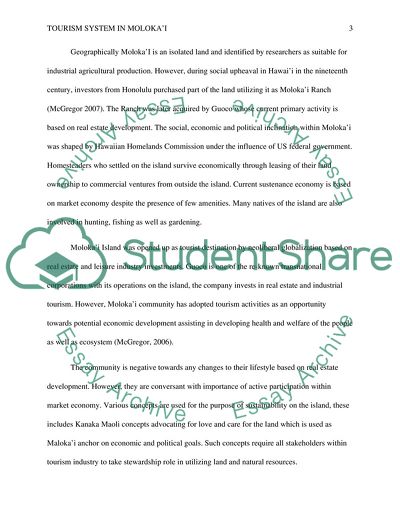Cite this document
(Tourism System in Molokai Report Example | Topics and Well Written Essays - 2000 words, n.d.)
Tourism System in Molokai Report Example | Topics and Well Written Essays - 2000 words. https://studentshare.org/tourism/1804968-future-tourism-development-on-the-island-of-molokai
Tourism System in Molokai Report Example | Topics and Well Written Essays - 2000 words. https://studentshare.org/tourism/1804968-future-tourism-development-on-the-island-of-molokai
(Tourism System in Molokai Report Example | Topics and Well Written Essays - 2000 Words)
Tourism System in Molokai Report Example | Topics and Well Written Essays - 2000 Words. https://studentshare.org/tourism/1804968-future-tourism-development-on-the-island-of-molokai.
Tourism System in Molokai Report Example | Topics and Well Written Essays - 2000 Words. https://studentshare.org/tourism/1804968-future-tourism-development-on-the-island-of-molokai.
“Tourism System in Molokai Report Example | Topics and Well Written Essays - 2000 Words”. https://studentshare.org/tourism/1804968-future-tourism-development-on-the-island-of-molokai.


